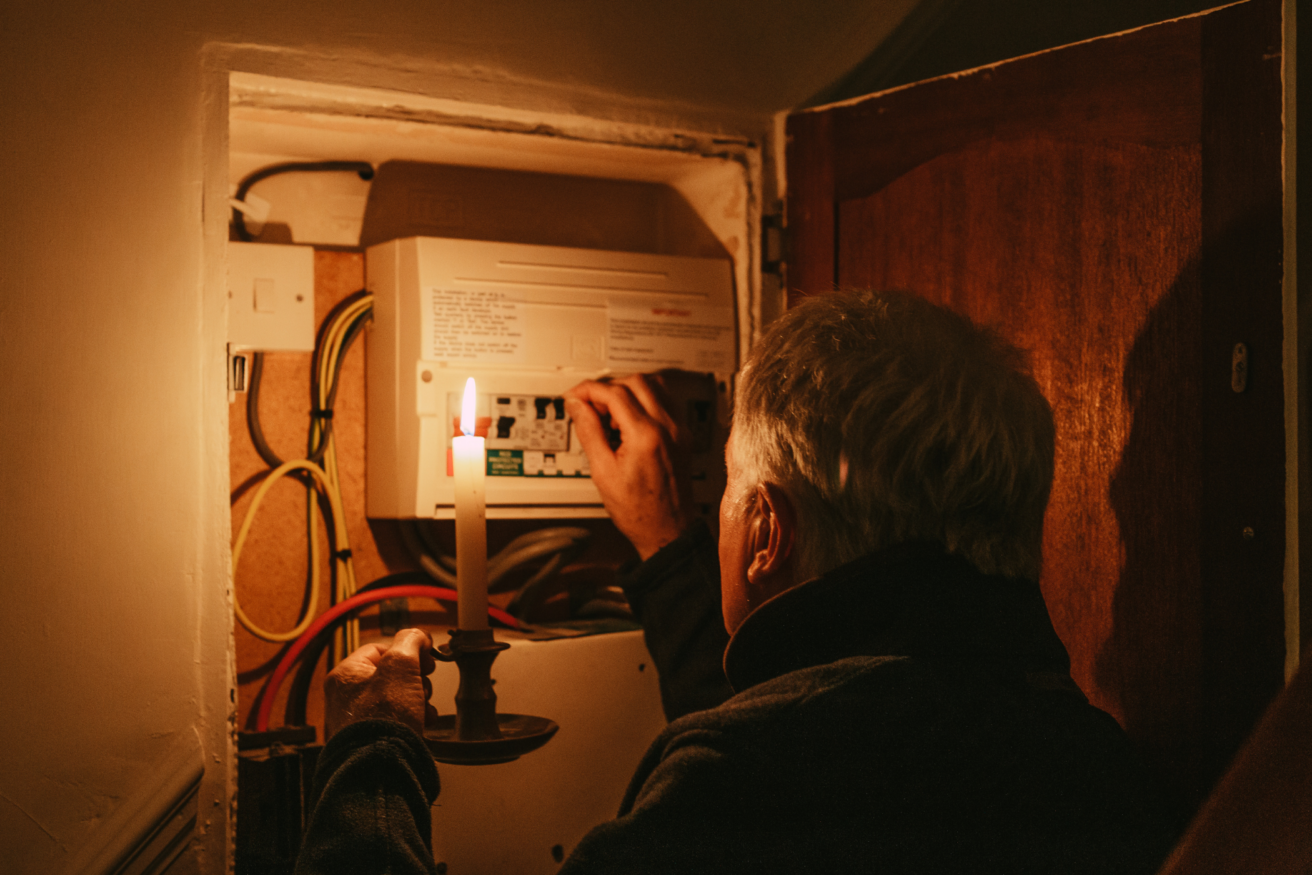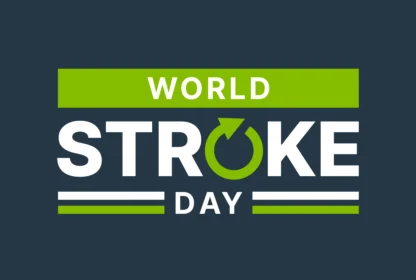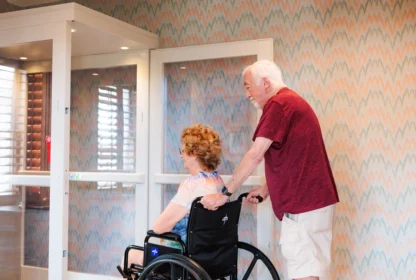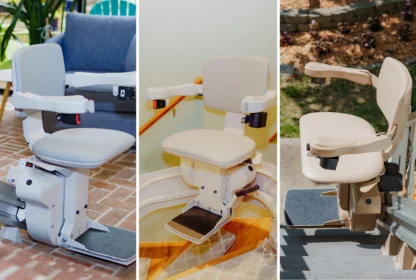
With footage of submerged homes and vehicles and terrifying, heartbreaking stories of devastation and loss caused by hurricane-turned-superstorm Sandy flooding the media of late, preparedness is on everyone’s minds. It’s important that we keep the urgency of emergency planning and readiness at the forefront. Families, workplaces, and communities without an emergency plan should be creating one now.
Consider also these mobility preparedness tips:
Tip #1: Invest in a generator. For some people, going without power for any period of time, be it 2 hours or 2 days, is just not an option; their life and health depends on it. If this is the case for a senior family member or an adult with disabilities that you care for (or who lives independently), the best move may be to purchase a generator. Temporary use generators can be purchased at Lowe’s, Home Depot, Sears, and similar stores. If you require something more permanent, 101 Mobility offers a line of generators that are permanently installed in your home. Click here to contact us about a purchase. (Note: these generators may take several months to order and install.)
Tip #2: Have back-up options. Keep a walker, cane or non-motorized wheelchair on hand for those occasions when the power is out. Make sure these items are stored in an easily accessible location. Some power lift chairs now have a battery backup feature; browse the 101 Mobilityselection here.
Tip #3: Prepare for one-floor living. If you or the person you care for relies on a stairlift or ramp to access a second floor, make arrangements for living on one level should the need arise. Keep some clothes, sheets and blankets, and personal hygiene items on the first floor, perhaps even in just one room. If the bathroom is on the second floor, you may want to consider keeping a portable commode available for emergencies.
Tip #4: Protect mobility equipment that is used/stored outdoors. Arecent article from PRLog.com advised readers to protect any units that are normally stored outdoors (a power wheelchair, for example) with a plastic cover, or even move it indoors when extreme weather is on the way.
Tip #5: Stay charged so you can stay in touch. Besides charging up your lift chairs and power scooters ahead of a storm, this recent article from Information Week, Mobility Tips: Planning for the Next Power Outage highlighted several products to keep important lifelines like cell phones, tablets, and laptops fully functional, because in a time of emergency, disabled individuals or seniors living at home alone need these vital connections.
Check out these other great preparedness resources:
- Red Cross: Plan & Prepare
- Ready.gov: Are You Ready? Guide
- Emergency Planning Checklist for Persons with Medical Needs (created by the Forest County Potawatomi Community Emergency Management Department)


